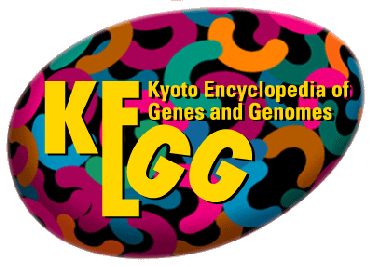Benseler V, McCaughan GW, Schlitt HJ, Bishop GA, Bowen DG, Bertolino P
Liver transplants are not often rejected in patients weaned from immunosuppression and are spontaneously accepted in some animal models. We review past and recent findings of liver transplantation and propose a unified model in which several mechanisms act in concert to induce and maintain tolerance in both naive and effector T cell compartments. First, passenger leukocytes migrate to lymphoid tissues and induce apoptosis of alloreactive naive T cells. Second, antigen-specific activation and subsequent deletion of naive and effector cells within the liver itself purge the repertoire of alloreactive T cells. Other mechanisms such as microchimerism and migration of donor dendritic cells to the thymus may play a predominant role in maintaining tolerance, and soluble major histocompatibility complex molecules, donor peptides, and regulatory T cells may participate in the induction and maintenance phases. Thus, the major challenge in liver transplantation will be to favor these tolerogenic processes while developing strategies that specifically inhibit alloreactive memory T cells.
24/05/2007
17520518
Seminars in liver disease (
IF: 4.457 /
Quartile: 2)
WOS Cites: 127
SemanticScholar Cites: 145
SemanticScholar Citation Velocity: 0
SemanticScholar Influential Citation Count: 0






